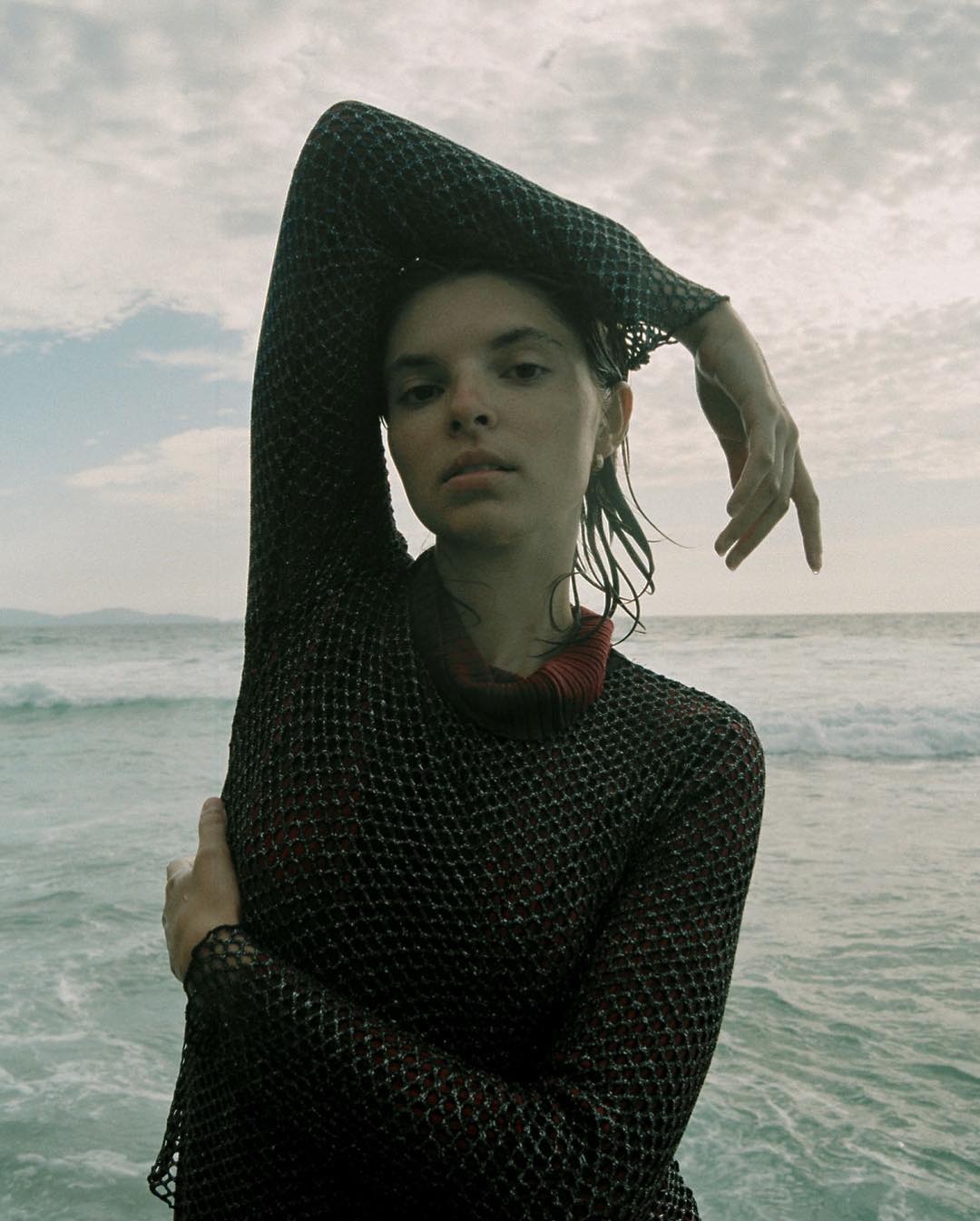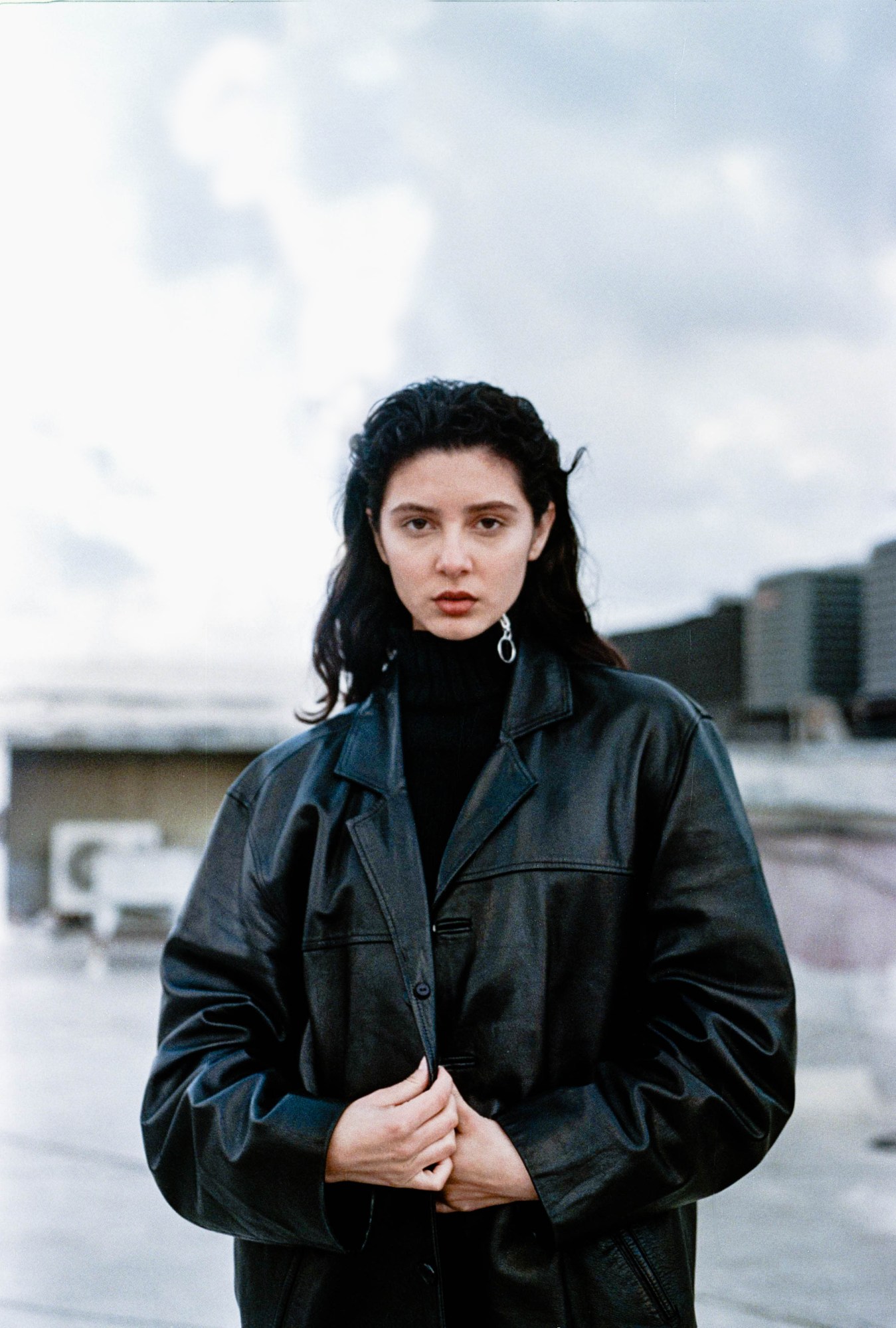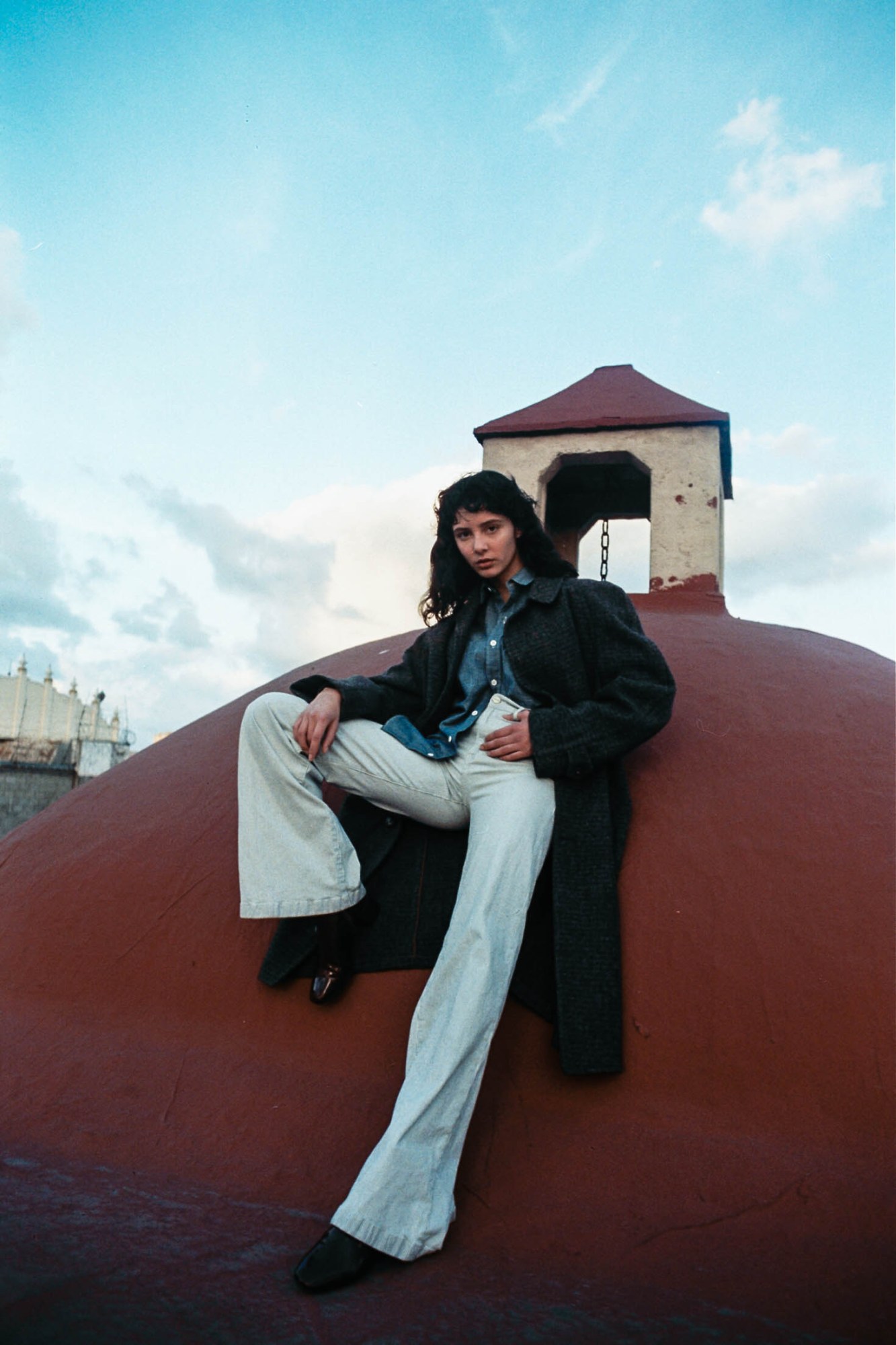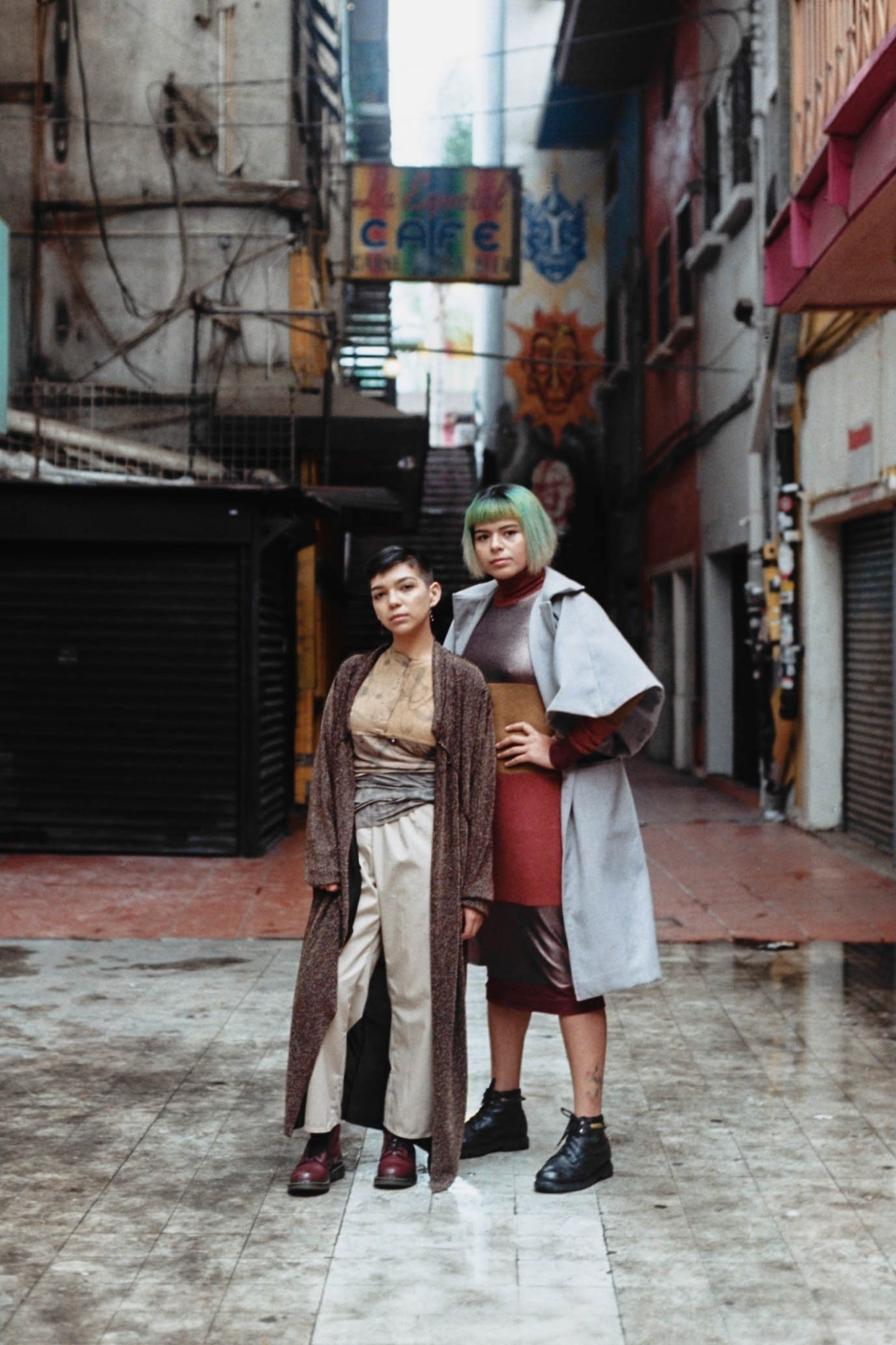On February 15, US President Donald Trump declared a national emergency to bypass Congress and free up billions for a border wall between the US and Mexico. The alleged national emergency? A migrant caravan of several thousand people that arrived at the border fleeing violence in Central America. i-D travelled to Tijuana in December 2018 to report on the situation first-hand. The result was i-D’s latest documentary Tijuana: A Mexican Dream, which you can watch here.
When Tijuana-based photographer, Francisco Salmerón, thought of building his portfolio around ideas of femininity, it was a personal decision. He had lived his life almost exclusively around inspiring women, growing up with three sisters and raised by his mother. But he was also inspired by the social context of the city he lives in.
Tijuana has many faces. Unfortunately one of them is a culture of machismo and aggression, making it one of the most dangerous cities in Mexico to be a woman. Last December, the city’s newspaper El Sol de Tijuana ran a story that detailed the rise of violence against women, noting that 238 women were killed in 2018 alone.
“This city is surreal. Everything is crazy, even the weather.”
But it’s not just about the growing murder rate. In a past interview with VICE, the all-female Tijuana art collective Sad Girls y Qué said: “Mexico is one of the countries where cat-calling is prevalent. You can’t really walk alone at night or during the day without experiencing it. We don’t want to reinforce this idea that Mexico is this shitty, unsafe place, because it’s not. But there is this macho culture that is very apparent and dominant. It’s insane how much shit you go through as a girl.”

“This city is surreal,” says Salmerón, “everything is crazy, even the weather. It’s like it has multiple scenarios for every occasion. Also, every night here is unique, a total switch from what you see during the day. But there is always that dangerous side. Growing up with that leads you to live with fear and in a constant state of alert, which is not a cool situation. But you learn to live with it. Especially for women, they have to be careful 98% of the time.”
Salmerón’s work focuses almost religiously on female faces; the optical power of a mouth or eyes to communicate a thousand stories. “For me, beauty comes from the odd and out-of-the-ordinary things I get to see in my day-to-day,” he says. “Genuine, natural, feminine looks are what catch my eye.” His photos are full of reflections and sparse desert landscapes, that draw your attention directly to the model’s expression. He’s also fascinated by the eclectic thrown-together fashion of Tijuana, where it is a popular ritual to raid the bountiful flea markets for one dollar designer dresses and discarded gems.
While Salmerón moved to Tijuana and sees the city through the eyes of a settler, Ariadna Flores was born and raised here. She likes to shoot people and places, and play with light and shadows; her style is almost geometric in composition. “I would say that Tijuana is chaotic,” she says, “but in a good way. There is always something unexpected happening. It’s very interesting and energetic.”
Last year, she visited one of the many makeshift migrant camps across the city, the result of the migrant caravans fleeing persecution and poverty in central America and then finding themselves marooned on the Mexico-US border. Since arriving, they’ve been the subject of much goodwill from the people of Tijuana, but also protests and xenophobic abuse.

“I think that all human beings have a right to live dignified lives,” says Flores. “Migrants deserve our respect for their bravery in leaving their countries in search of a safer place where they can live and develop. To cross the whole of Mexico on foot is not an easy task. They have reached a point of desperation. Seeing the camp really changed my perception about the issue. I think that it’s important to know what their motivations and goals are before we make a judgment.”
In Flores’ opinion, this ever-changing, ever-shifting revolving door diversity of Tijuana is what makes it such a fascinating place to be a photographer. The beauty of the city is in how precarious it feels. “It’s changing constantly and I think that is the key to Tijuana’s identity. We have so many people from different backgrounds, so much diversity. Everyone brings something to the table, culturally and artistically speaking. I think the authenticity of Tijuana’s personality is an endless resource for inspiration.”
When I ask both photographers what comes next for this dynamic yet dangerous border town, Salmerón admits you can never predict what will happen next in Tijuana. But Flores has an idea: “I know it will change, because it always does,” she says. “I just truly hope that Tijuana keeps embracing the diversity in its population and turns it into inspiration for all of us. This city has always found a way to solve its problems in a beautiful and creative way.”
If you would like to help or find out more about the crisis in Tijuana please visit: www.borderangels.org
Scroll down to see more photos by Francisco and Ariadna:






